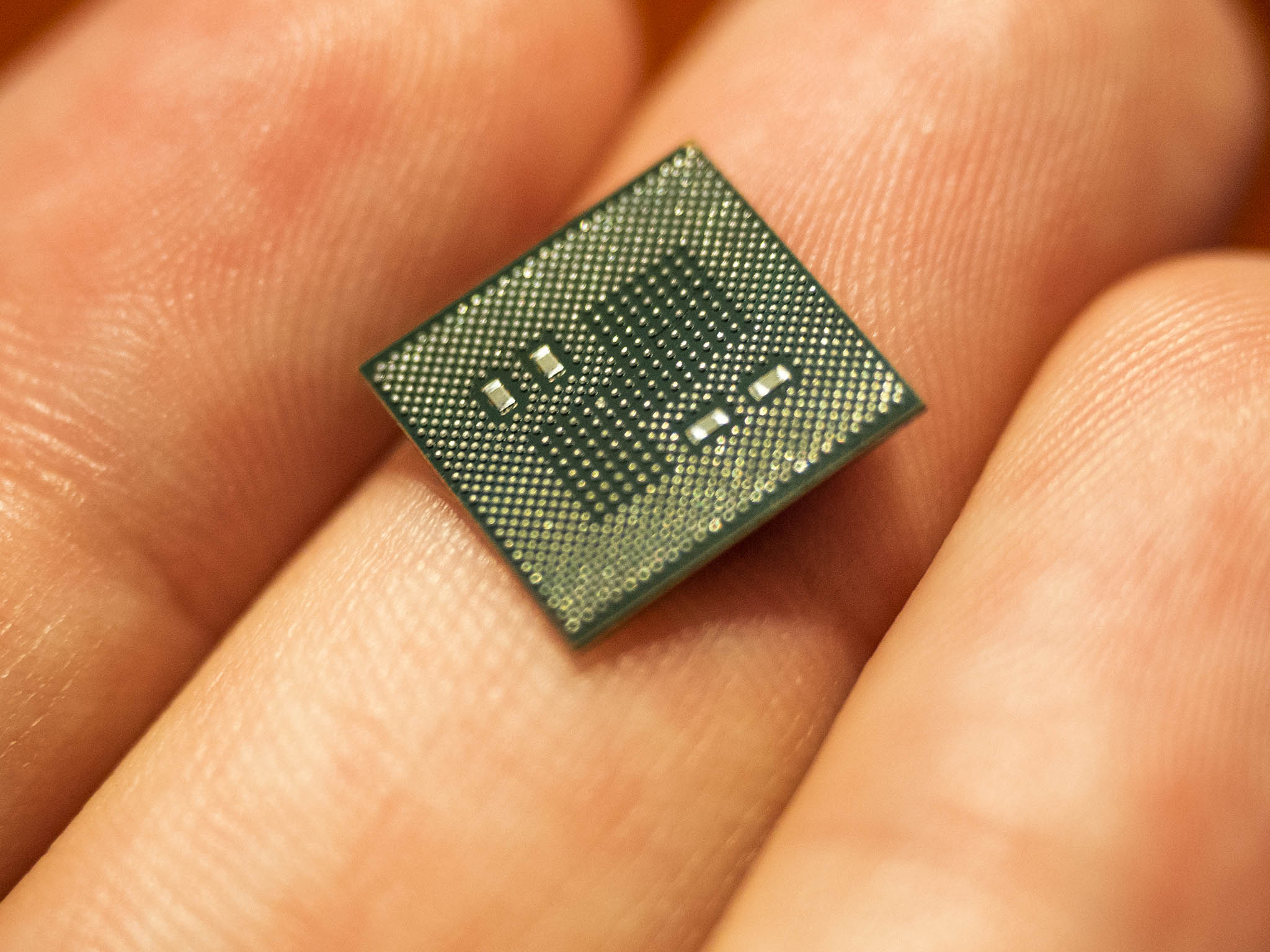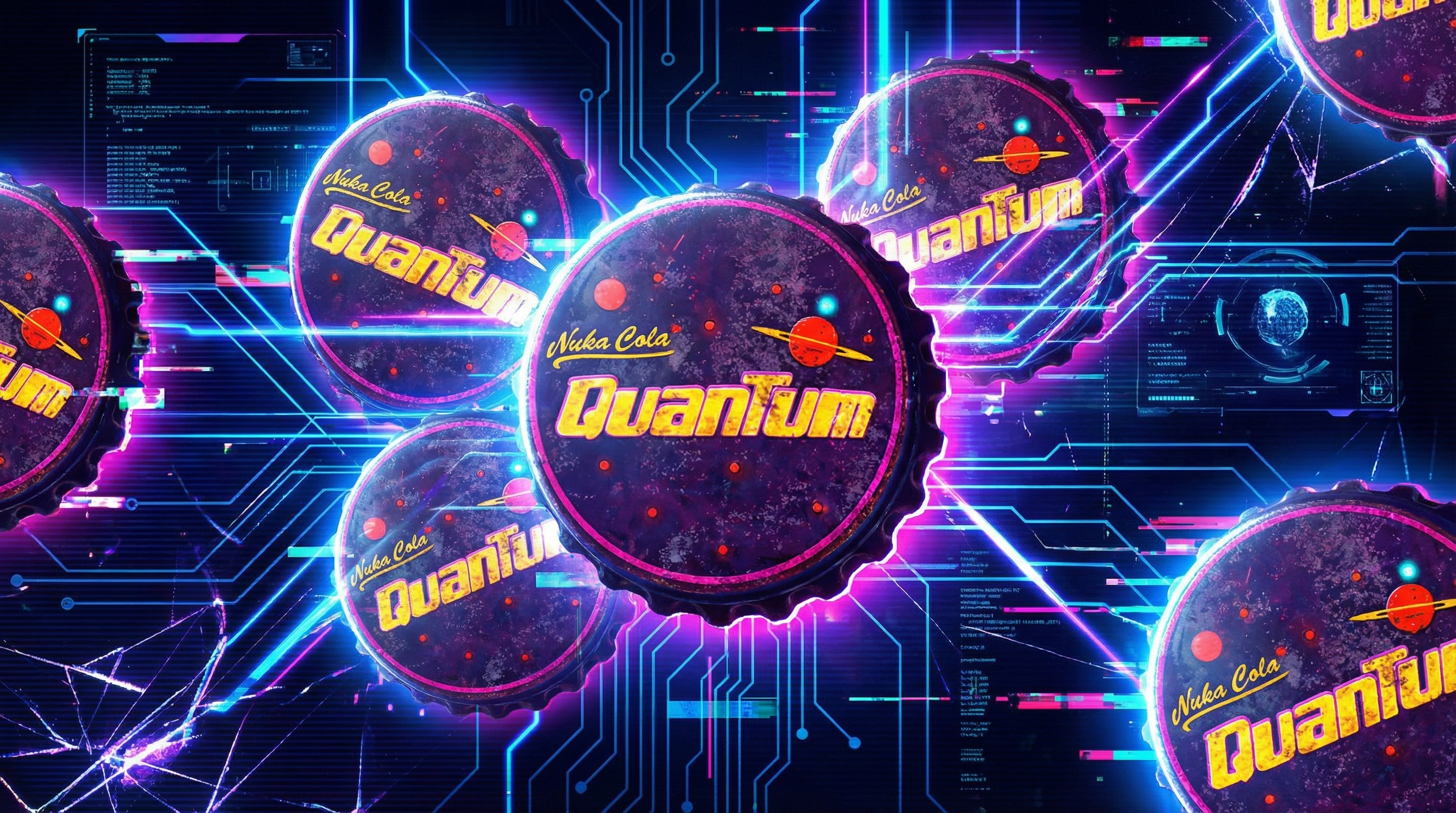Hands-on with the built-for-Windows Qualcomm Snapdragon 850 ARM processor
Thinner, lighter, better performance, and coming to a mainstream PC near you.

The biggest problems facing mainstream PCs is the balancing act between heat, weight, size, and power. You can make a PC powerful and affordable, but it can't be thin and light. You can make a PC thin, but it can't be too powerful, lest it overheat. Intel has struggled for years to solve this equation, but Qualcomm has come in with its own solution: the Snapdragon 850, the first built-for-Windows ARM processor.
I went hands-on with the Snapdragon 850 at Computex 2018, running on a reference hardware device built by Qualcomm. To be honest, there was nothing particularly remarkable about the experience, which is exactly what I want out of a change in processor architecture. Windows 10 runs just as well on the ARM-based chip as it does on an Intel Core iX chip, but it does so with a far lower power draw, generating less heat, and it's always connected to the LTE network with far better internet performance to boot.
Snapdragon 850 chip is not remarkable — and that's good
To demonstrate just how unremarkable it is, Qualcomm demoed three gaming solutions for me: a 32-bit ARM-encoded Universal Windows Platform (UWP) game, a 64-bit ARM encoded game (Asphalt 9, coming soon from Gameloft), and even an emulated x86 game (a Chinese PUBG-style battle royale). While none of the games were particularly graphics-heavy, each played exactly as well as I'd expect from a similarly-equipped Intel tablet.
That it's unremarkable is remarkable. We're talking about what is essentially a modestly scaled-up phone processor, not unlike the chips you'll find in the latest Android flagship smartphones, just slightly bigger and more powerful. Qualcomm can get away with making small compromises on size and power thanks to the larger form factor of the PC and tablet devices the Snapdragon 850 will call home. With much larger batteries and greater heat-dispersal capabilities (though still fanless), these devices can easily support the increased power demands of the Snapdragon 850 over the 835 processor found in PCs like the HP Envy X2.
And though it seems unremarkable, the always-on and always-connected nature of the Snapdragon platform changes how you use your PC in subtle but important ways. Having Skype calls come through or emails sync even while the computer is off alters your interaction with the device and the apps on it. There's no more turning on your PC, waiting for it to connect to the network, and then finding out you missed a call — it's always connected, and thus, so are you.
That connection is enhanced by Qualcomm's LTE chops, in part due to their expansive patent portfolio. Qualcomm is quite proud of the capabilities of the X20 modem, with support for 3x and 4x carrier band aggregation and unlicensed spectrums, giving Snapdragon 850 devices support for Gigabit LTE speeds on 90 percent of carriers around the globe (of course, your carrier will need to offer such ludicrous speeds). Qualcomm set up a demo with two LTE-connected devices, a Surface Pro with an Intel processor and Intel LTE modem right next to the Qualcomm Snapdragon 850 reference hardware with LTE, both on Taiwan's speedy Chunghwa network — the Intel device managed 30Mbps to 50Mbps download speeds, while the Snapdragon device pulled down more than 300Mbps. For comparison, that's far faster than most home broadband connections in the U.S. but served wirelessly over LTE.
It's no coincidence the target $500 to $800 price range is right where Apple's iPad sits.
Qualcomm is targeting mainstream computers and users with the Snapdragon 850, aiming for the first devices to sit in the $500 to $800 price range. It's no coincidence that's also right where a similarly-sized and capable Apple iPad is priced; tablets have long threatened the entry-level mainstream PC space, and Intel has thus far failed to produce a credible competitive chipset for Windows PC makers. With the Snapdragon 850, they'll now truly have that option. ASUS, HP, Lenovo, and Samsung have all committed to launching Snapdragon 850 devices, and more are expected to announce them in the months ahead.
All the latest news, reviews, and guides for Windows and Xbox diehards.
In targeting mainstream users, Qualcomm is for now ceding the high power computing market to Intel. The Snapdragon 850 isn't designed for high-power computing like Photoshop or AAA PC games; it's designed to get the most battery life for day-to-day computing uses, enabling thinner, lighter, and cooler devices that weren't possible before.
Snapdragon 850 and the future
Qualcomm is working with app developers to make some of the heavier mainstream apps out there native to ARM instead of emulating, and it is even developing an ARM-compatible Chromium engine to enable web-wrapper apps like WhatsApp and Slack to perform dramatically better on the platform. Microsoft is also taking significant steps in support for ARM, putting one-button encoding to ARM into the latest version of Visual Studio. Apps deployed to the Microsoft Store will simply serve the most compatible version offered to customers, making ARM deployment practically a no-brainer.
The Snapdragon platform and Windows will enable thinner, lighter, and cooler devices, as well as new form factors.
It's worth remembering that these are still the earliest days of proper support from the Snapdragon computing platform for Windows. Not only will we see an evolution in form factors enabled by the reduced power and cooling demands of ARM chips versus x86, moving to thinner and lighter and longer-lasting devices, but it in the years ahead we'll see an expansion of PC-focused Qualcomm processors, which should seriously concern Intel.
As the Snapdragon processor range reaches higher into the PC market and more app developers support the ARM chips, it'll be harder for customers to justify buying the hotter, slower, and bulkier Intel devices. I for one look forward to the day I can buy an ARM-powered device with the power competently to run Adobe Premiere. I wouldn't be surprised if devices like the dual-screened ASUS Project Precog end up powered by Qualcomm chips.
The first devices with the Qualcomm Snapdragon 850 are expected to be released by the end of 2018, just in time for the holiday shopping season and at price points that will make them enticing buys. We're coming up on an exciting time for computing, and it's going to be adapt or die for manufacturers like Intel.

Derek Kessler is a Former Special Projects Manager for Mobile Nations. He's been writing about tech since 2009, has far more phones than is considered humane, still carries a torch for Palm, and got a Tesla because it was the biggest gadget he could find. You can follow him on Twitter at @derekakessler.



